“There’s this Hollywood idea that all bats are blood-sucking monsters that burst out of caves and fly into your face.
“But when people see them up close in your hand, they’re always amazed at how small and cute they are.”
Dee Lawlor says she was always the “crazy animal kid”, and has continued to live up to that name as a grown-up.
She is the founder of the Bat Bothy wildlife rescue project in Aberdeenshire, which she operates out of her home north of Belhelvie.
As a volunteer bat rehabilitator, she cares for all sorts of sickly or injured bats found by the public across the north-east that end up coming under her wing.
“I wanted to get involved with bats because they’re just cool,” said Dee.
Since she started the Bat Bothy facility in 2020, she has helped to bring more than 60 poorly patients back to health and released into the wild.
Dee is now working to expand her Bat Bothy from a corner of her computer room into a fully-fledged flight cage and bat hospital in a converted container, in order to give the animals she rescues the best chances of survival.
Helping a much-maligned protected species at the Bat Bothy
There are nine species of bat living in Scotland, and all of them are protected.
Dee said that a lot of people have the wrong idea about bats thanks to popular culture, that they’re horrible Hollywood monsters or they spread nasty diseases.
But when you actually come face to face with them, Dee says, they’re a lot different to what you may think.
“Hollywood has a lot to answer for, really.
“People are scared of them, but in my experience it’s because a lot of people have really never seen them up close.”
Dee is showing off her resident bat, named Rowdy, who she rescued as a young pup last year.
Because all bats are protected in the UK, Dee has a special licence to keep him in her permanent care, because he wouldn’t survive in the wild and she uses him to help train other bat rescuers.
She said: “All the other bats we released last summer were great at flying and hunting, but Rowdy was having none of it.
“He’s with me because he’s not suitable for release.
“At the moment I’m the only person in Aberdeenshire who does bat care training, so for example if you want to do bat rehab yourself, you come to me and myself and Rowdy will help you with that.”
Building a future for north-east bat care
Since purchasing her industrial container, Dee has been hard at work with paint and power tools to transform it into a flight cage for her nocturnal houseguests.
Right now, all bats that arrive on her doorstep from various kind members of the public or other animal rescue groups are treated in her spare room, which is also home to guinea pigs and a gecko.
Animal-loving Dee says that by fully kitting out the container and turning it into a dedicated facility for bats, she’ll be able to care for even more animals — and help plug a major provision gap too, as the nearest suitable flight cage is a two hour drive away.
“Half will be a work space, a little bat hospital, and the other half will be a flight cage,” said Dee.
“When you’re raising juveniles they really need a flight cage, which is essentially an aviary for bats.
“Lots of studies have shown bats who have a flight cage have a better chance to survive in the wild, because they have more time and space to practise flying and manoeuvrability, catching insects and things like that.”
Meet Bruce, Fester, Wednesday and Spartacus
The months of July and August are typically the busiest for Dee, as “you’re constantly having little ones coming in” as this is when bat pups are born.
Dee, who works full time in science communication and has a degree in zoology from Aberdeen University, usually ends up working around the clock over these two months, feeding and caring for young pups.
And this summer is no different.
Mini-Bruce came to join us yesterday (all 2g of him). He was found in Netherley. We tried to reunite him with mum but it appears that his roost had left the area. May the power of Batman be with you mini-Bruce! #bats #lovebats #batcare #batrescue #pupseason pic.twitter.com/QowoS5os63
— 🦇 The Bat Bothy 🦇 (@TheBatBothy) June 29, 2022
She has already welcomed youngsters Bruce, Fester and Wednesday into the Bat Bothy, as well as a “teeny one” she has named Spartacus, because “he needs all the toughness he can get”.
#4 – another failed reunite, this time from Nether Dallachey. He's so so little. The odds are against him, so we've given him a proper power name to imbue him with strength! Say hello to little Sparticus. #bats #lovebats #batcare #batrescue #pupseason pic.twitter.com/Aiqr6PUqKm
— 🦇 The Bat Bothy 🦇 (@TheBatBothy) June 29, 2022
Dee continued: “It’s a tough two months, they need to be fed every four hours, so it can be really tiring.”
And round and round and round we go… The pups are being fed every four hours. Gettin' those gains! We wash and reuse our equipment as much as possible. So also gettin' those Fairy soft hands 🤣 #bats #lovebats #batcare #batrescue #pupseason pic.twitter.com/A0eNxwFwNo
— 🦇 The Bat Bothy 🦇 (@TheBatBothy) June 28, 2022
What should you do if you find a poorly bat?
Dee says your first port of call should be phoning up the Bat Conservation Trust on their National Bat Helpline, 0345 1300 228.
“They have a phone line where they’ll advise you how to pick it up, box it up, and who to call.
“They’ve got a registry of people who can help, so they’ll find out where you are and find out where the nearest person you should take the bat to is.
“There is rabies in bats in the UK, it’s a very small percentage, but low percent isn’t no percent, so always wear gloves when handling them.
“Use gloves and a tea towel to pick them up, pop them in a box with the tea towel, and a little bit of water in a milk camp, and phone the Bat Conservation Trust.”
“I do get a lot of people contacting me directly as well,” added Dee.
“I think people just Google ‘I found a bat in Aberdeen’ and I pop up.”
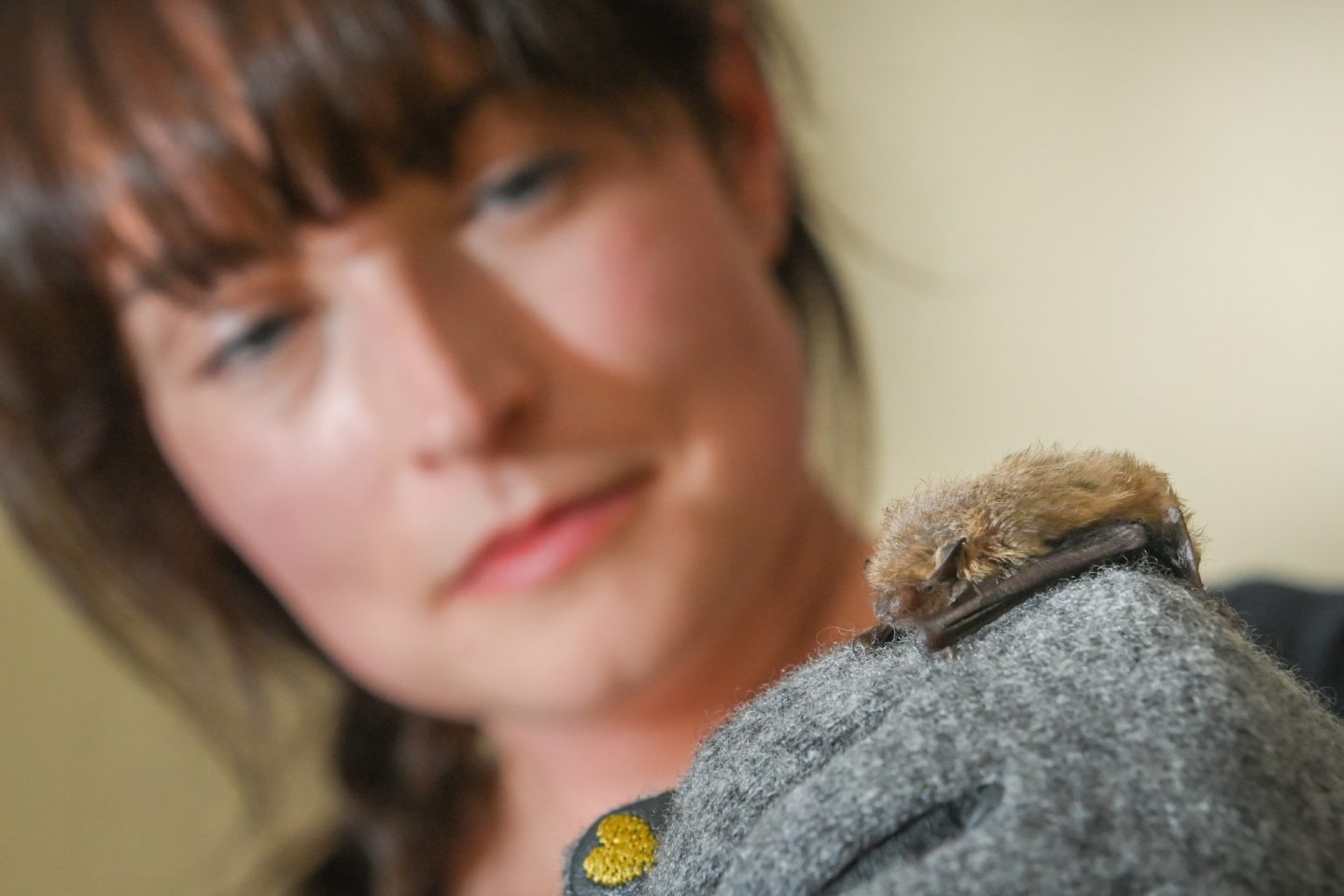
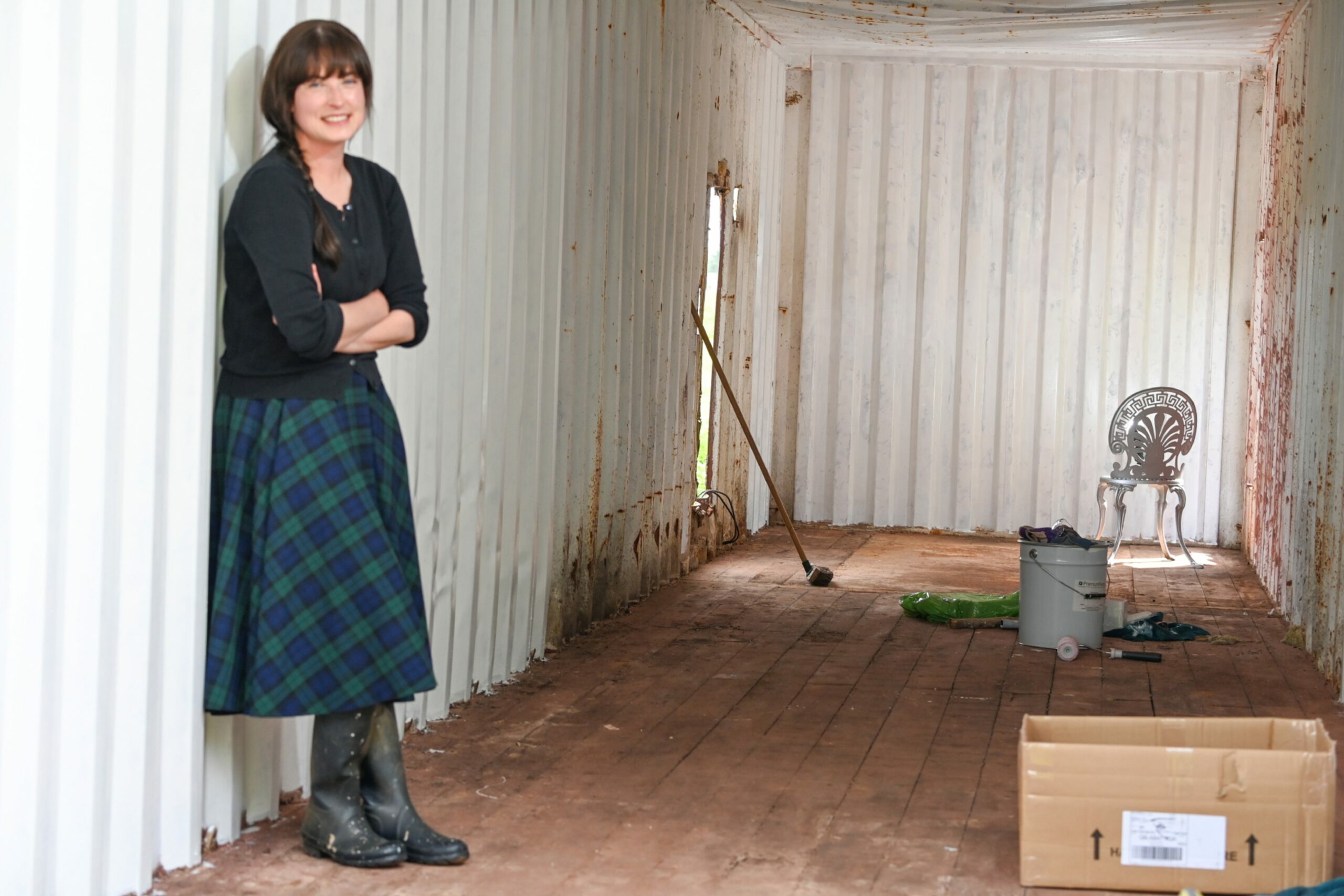
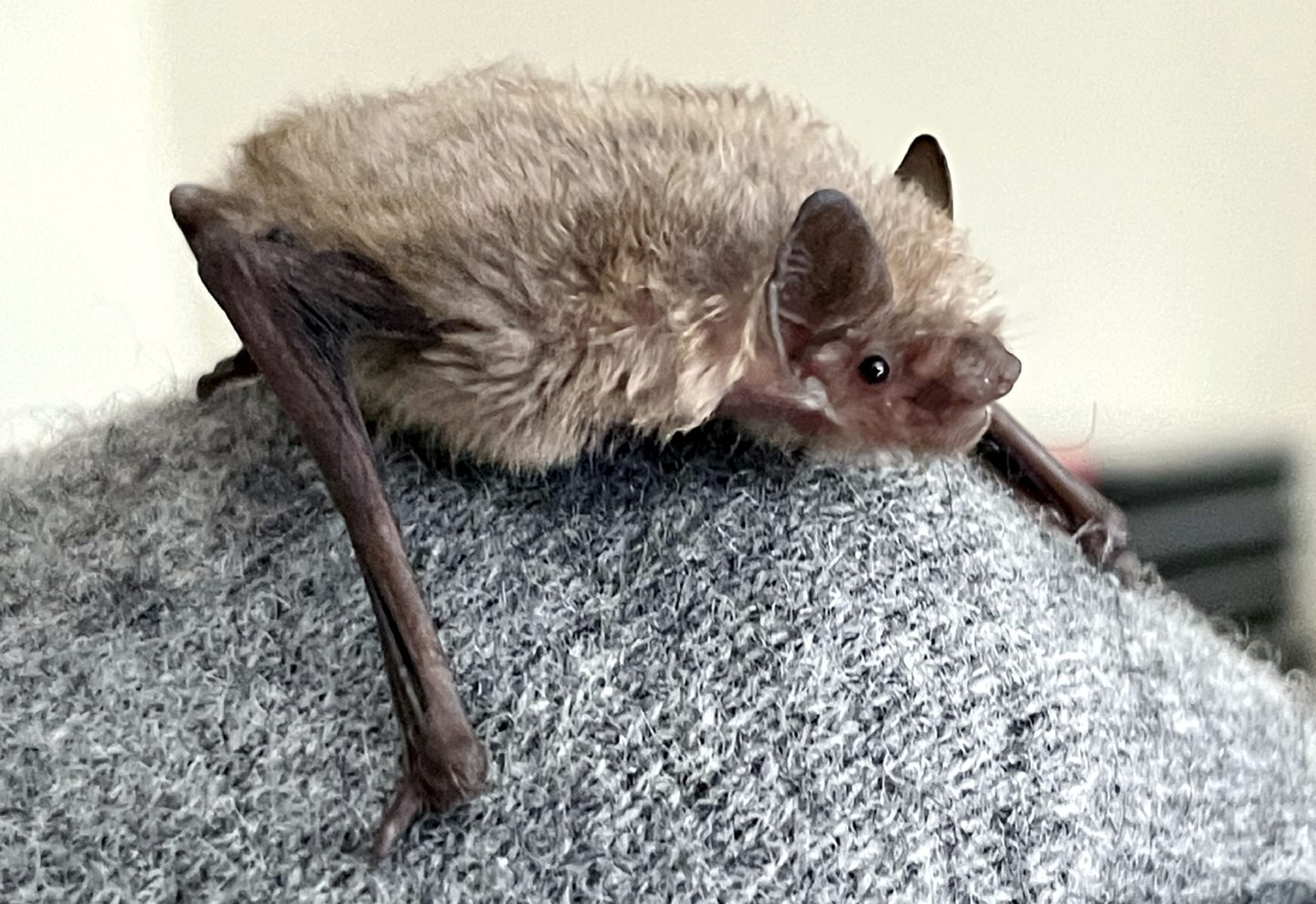
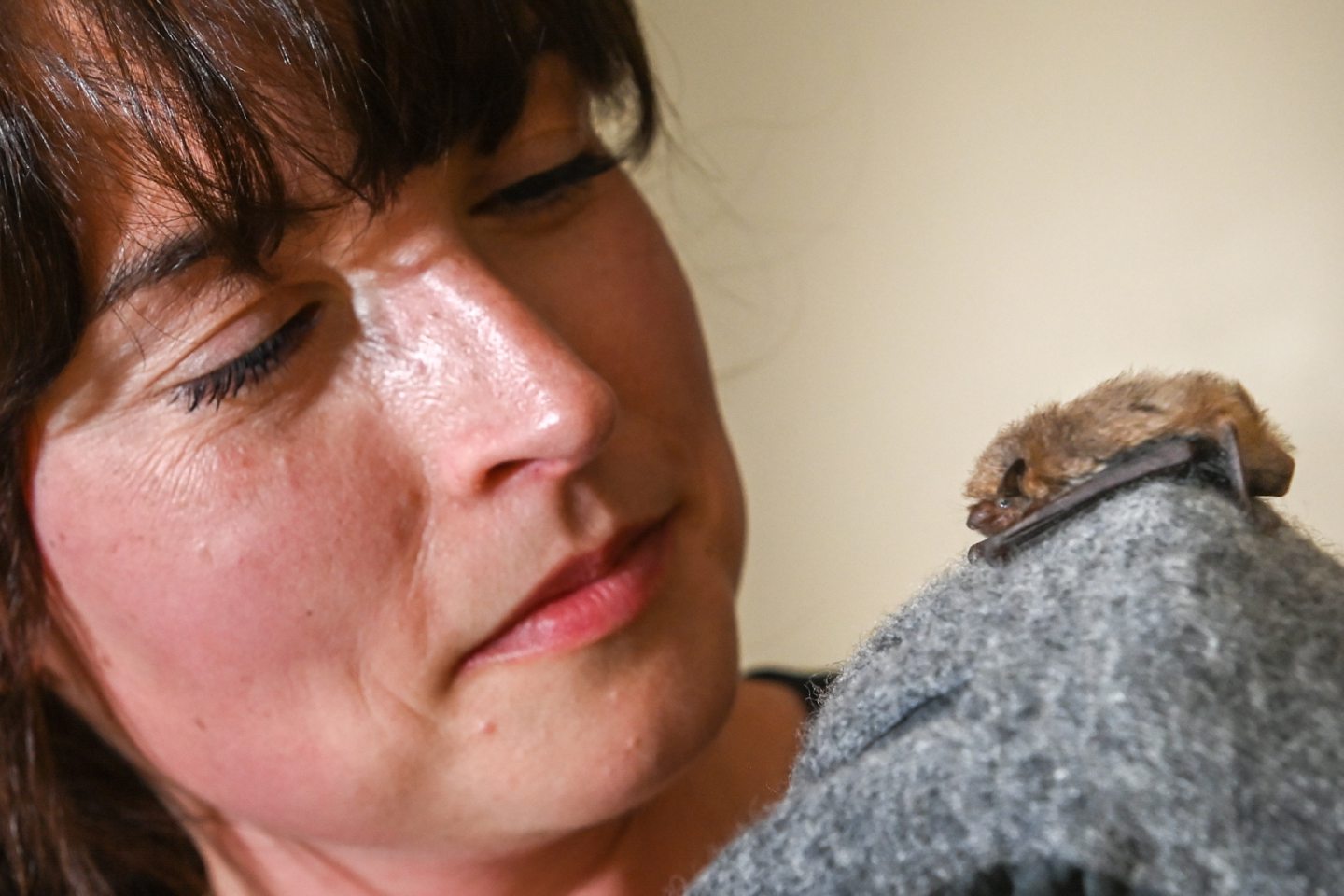
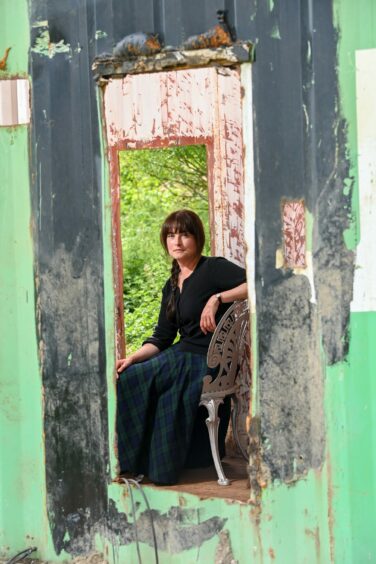
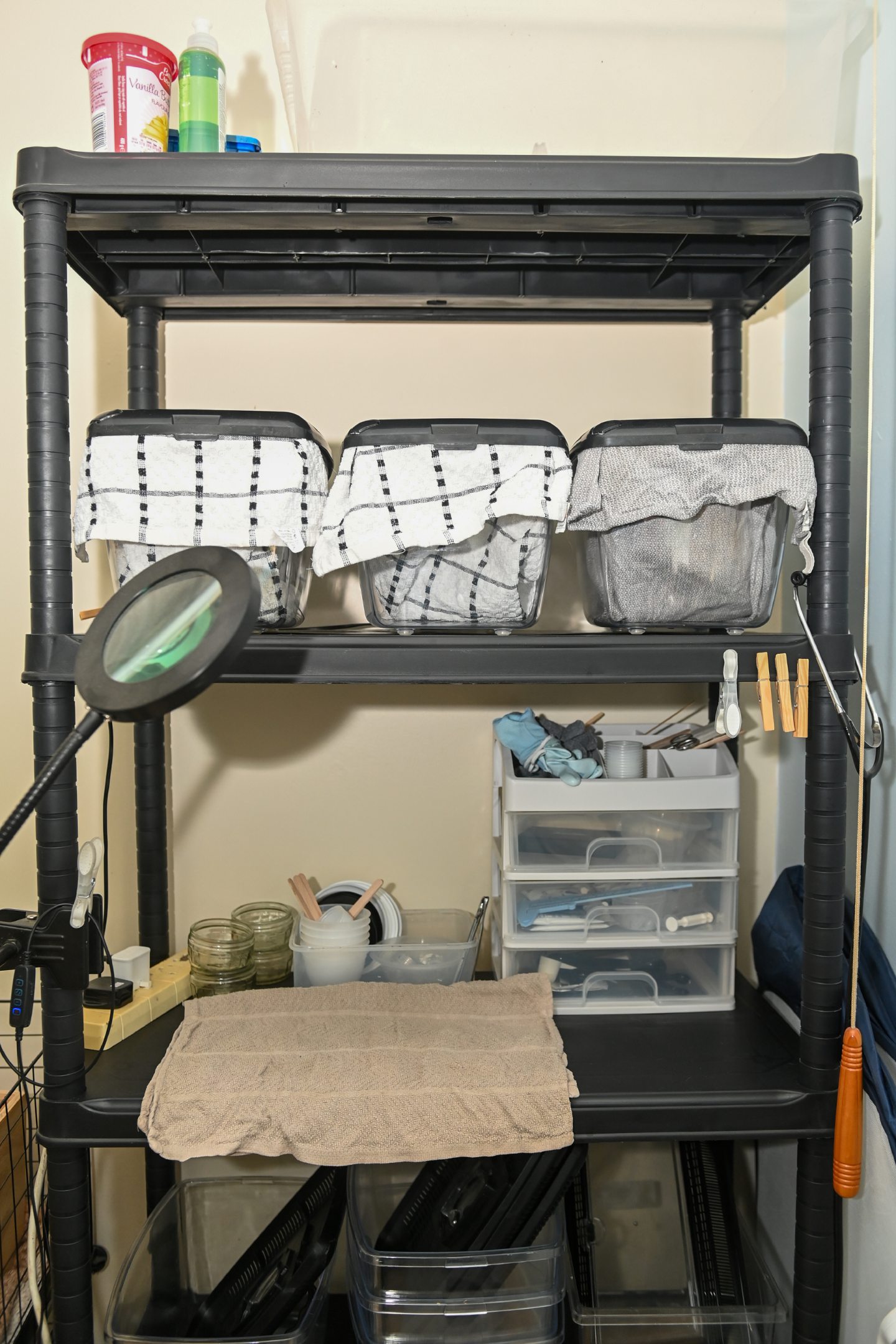
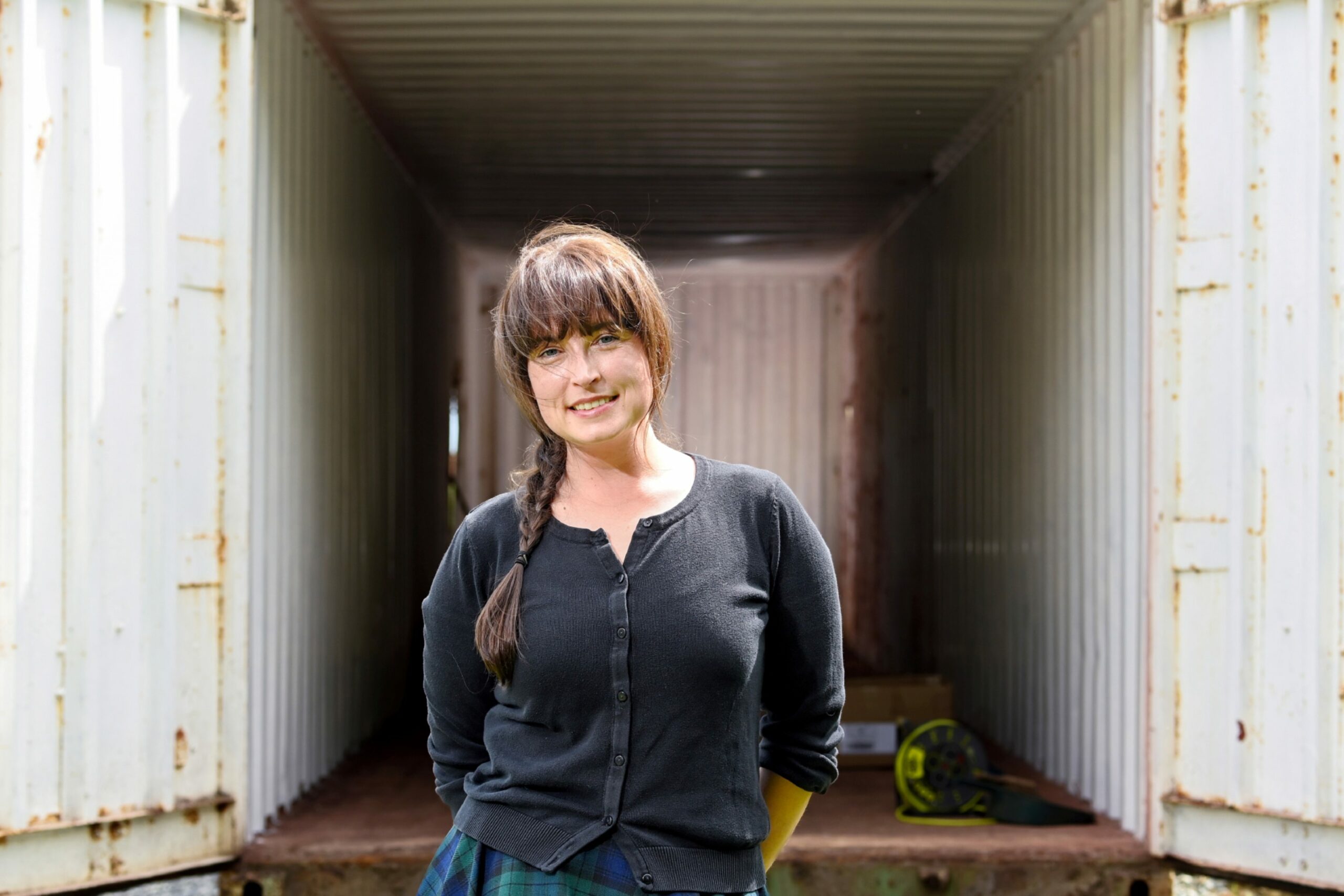
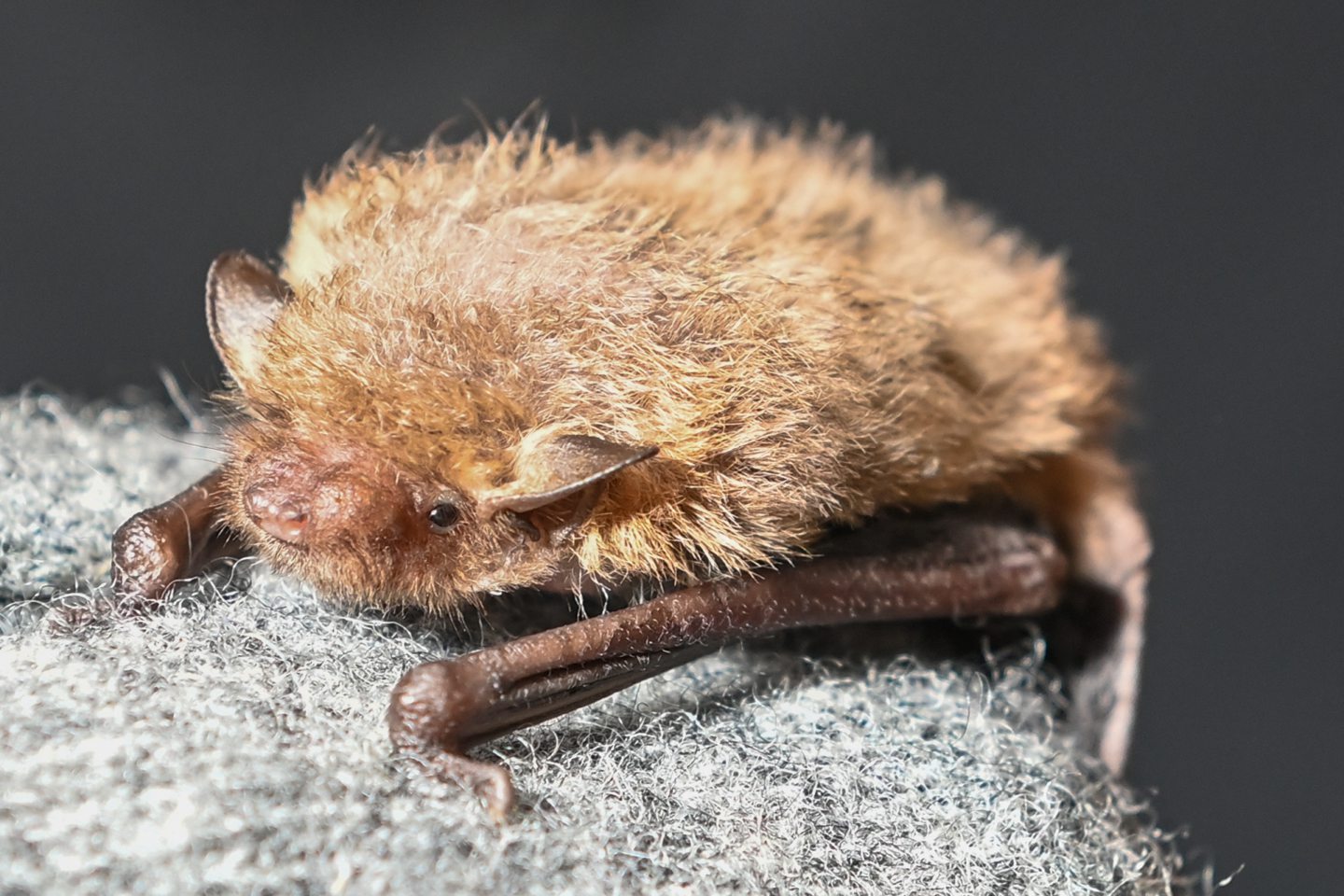
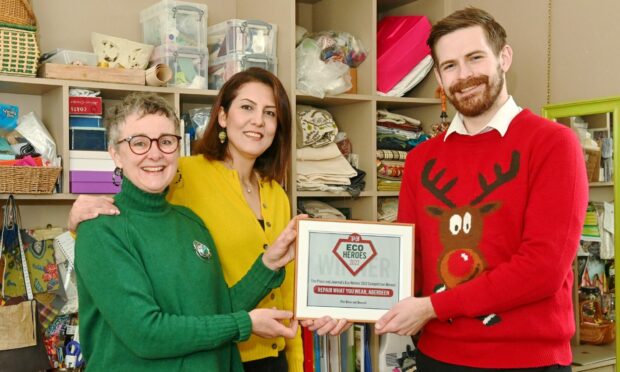
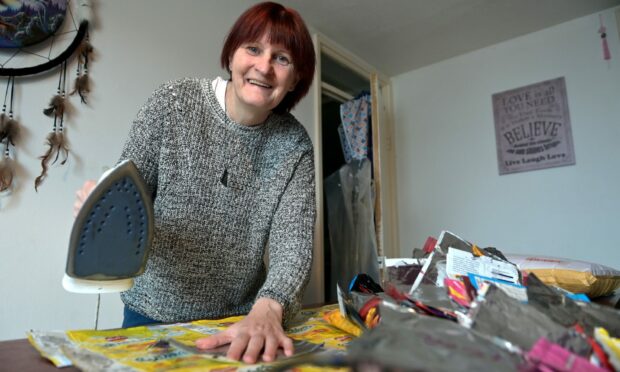
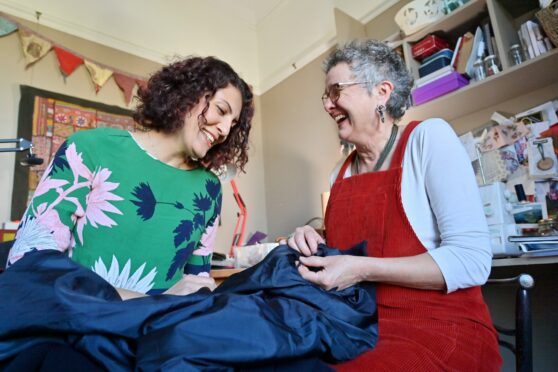
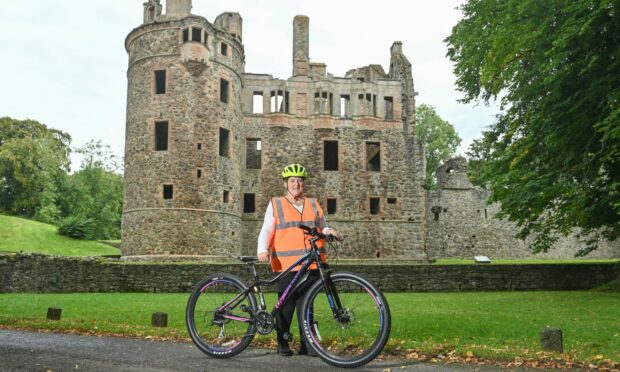
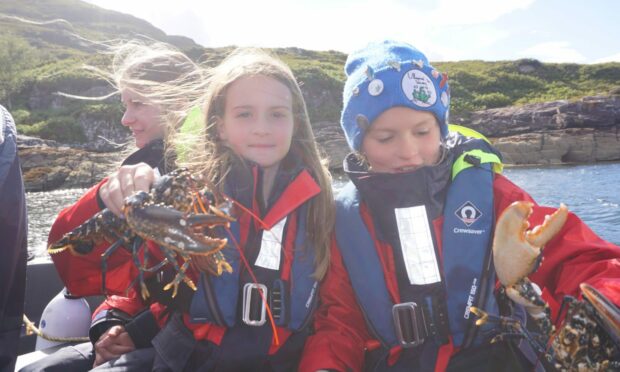
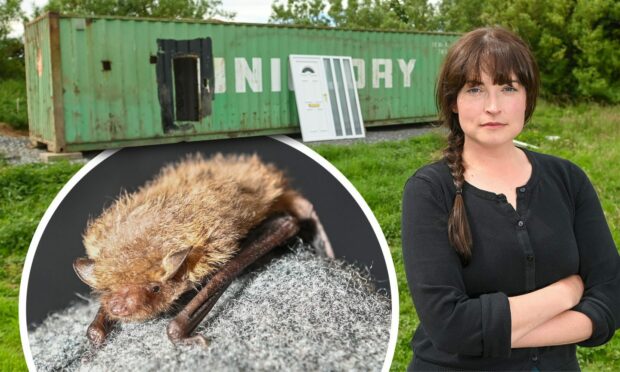
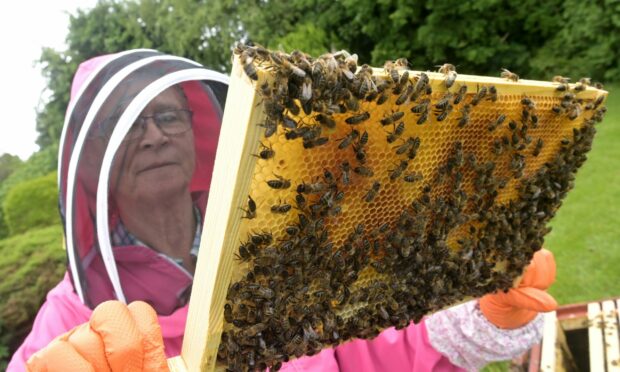
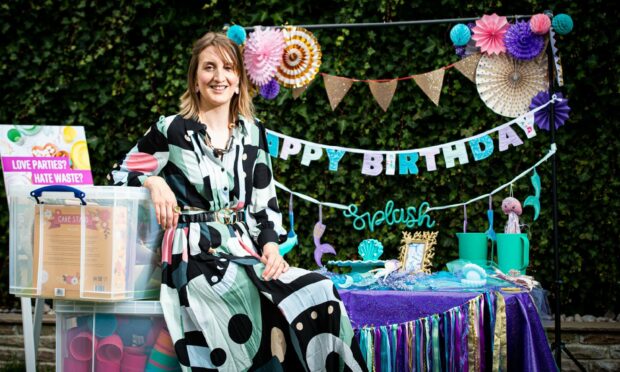
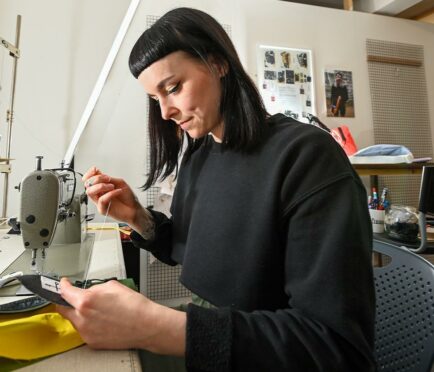
Conversation